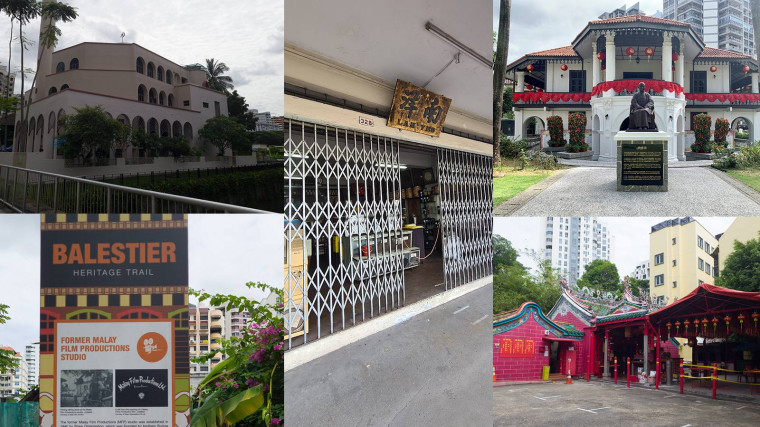“Singapore is a melting pot of races, cultures and religions.”
How many times have we heard that growing up?
In my Pasir Ris neighbourhood, my family and our neighbours are friendly. We say “hi” and “good morning” and trade traditional snacks during the holidays. But other than those instances, I can’t really say that I know much about them.
Growing up on American shows like Friends or Filipino dramas like Got To Believe, I liked watching the tight-knit, almost familial relationships between friends and neighbours.
Yet I remember when my parents were looking for a place to move in to, our housing agent told us not to worry as our neighbours were “quiet and wouldn’t disturb us”. That made me wonder: When did keeping to ourselves and avoiding our neighbours become a positive thing?
Eat, Pray, Love
Which is why it was such a revelation when I went on a walking tour of Balestier.
The tour, a collaboration between ground-up movement The Volunteer Switchboard and bespoke travel agency Quotient Travel, is a meander through one of Singapore’s hidden gems, including visiting traditional eateries, iconic landmarks and finding out about influential figures who helped to shape the community’s spirit.
It is part of a series of tours called Eat, Pray, Love Singapore Edition. Other locations include the Singapore River and Telok Ayer.
The Volunteer Switchboard founder Li Woon Churdboonchart tells The Pride: “We’re excited at this opportunity to engage more Singaporeans by honouring the shared aspirations and values of our people, which doesn’t come up enough in daily conversations of our hectic lives. It’s about bringing participants to unassuming corners of Singapore to uncover heart-warming acts of integrity, compassion, courage, respect and gratitude”
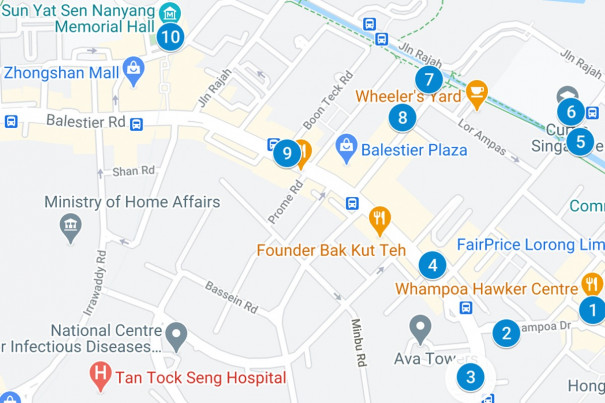
Let’s walk!
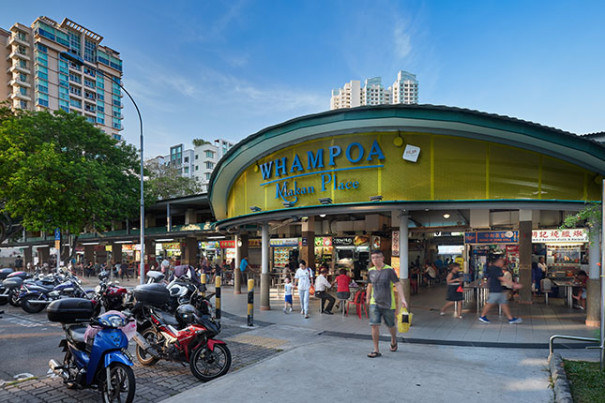
9.30 am: We started with makan, of course, specifically at Whampoa Makan Place, one of the area’s icons where Li Woon, who coincidentally was the tour guide for the six of us, started talking about the importance of food to our Singaporean culture.
Take our hawker centres for example, she said. It is a collection of stalls selling different food from different cultures and races all under one roof. However, despite the variety, the cooking style, menu and origin of each stall is identifiably unique, yet all co-exist easily.
I realised that it was something that I had always taken for granted in Singapore – that I could pop into any kopitiam or hawker centre and walk away with anything from chicken rice to fish and chips to nasi padang to roti prata. We are not a melting pot, Li Woon told us, rather our makan culture is as perfect a rojak as Whampoa’s famous Balestier Road Hoover Rojak.
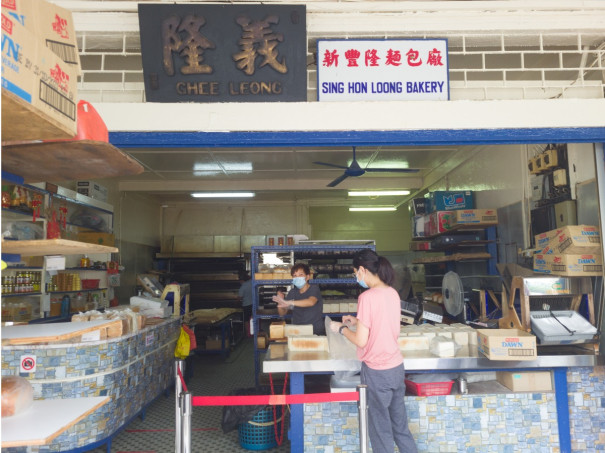
From Whampoa Makan Place, we walked to Sing Hon Loong Bakery, just a five-minute stroll away. Even through my mask, I was hit by the aroma of freshly baked bread and saw how the tireless bakers were still churning out traditional bread and French loaves at one of Singapore’s oldest 24-hour bakeries.
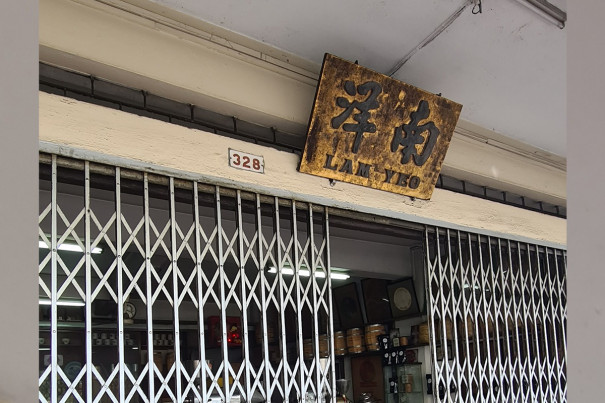
We later also visited the Lam Yeo Coffee Powder Factory, set up in 1959. Unfortunately, it was closed when we visited, but it was still interesting to hear more about one of the last remaining family owned coffee roasters in Singapore.
It was interesting to realise that as ubiquitous as our kaya toast is, we seldom stop to ask about its heritage – where the bread comes from and how the kopi powder is made. There, standing in a busy street, looking at the slightly dilapidated shophouses containing such quietly iconic establishments, I gained a greater appreciation of our Singaporean culture.
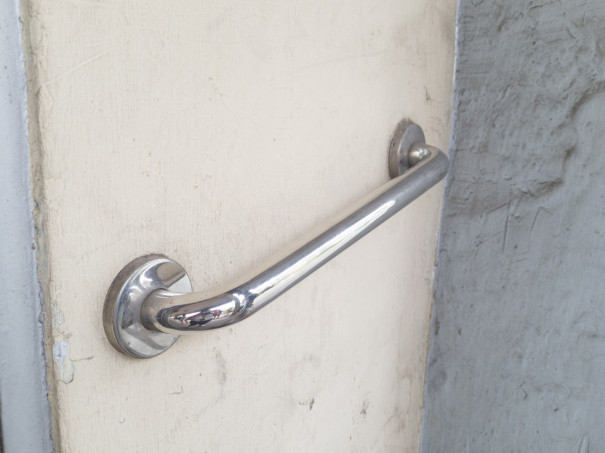
As we made our way along the old shophouses, Li Woon pointed out a tiny detail that stood out only after she mentioned it – stainless steel grab bars at strategic locations at all the shophouses, particularly near steps or uneven ground to accommodate the increasing number of elderly in the neighbourhood.
I never thought much of these accessibility aids until she pointed it out and that made me think of other places in Singapore that had such railings. It made me appreciate the efforts that our authorities have made to help people with physical disabilities or the elderly.
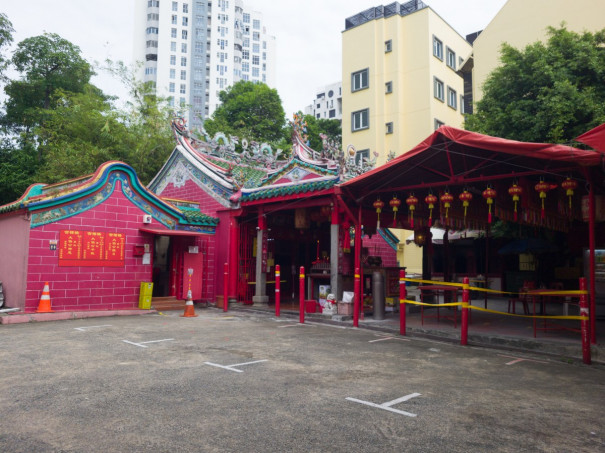
10.15 am: We visited Goh Chor Tua Pek Kong and I learned that the temple’s name “Goh Chor” is Hokkien for Rochore, which was what the area was called when the temple was built in 1847.
I also found it interesting that the temple, with its iconic red-tiled roof, is just a few minutes walk away from a mosque – Masjid Hajjah Rahimabi Kebun Limau – built in 1984.
It reflects one of the unique features of Singapore that we often take for granted, which is how (just like our makan stalls in the hawker centre!) different places of worship can co-exist so easily and closely with one another.
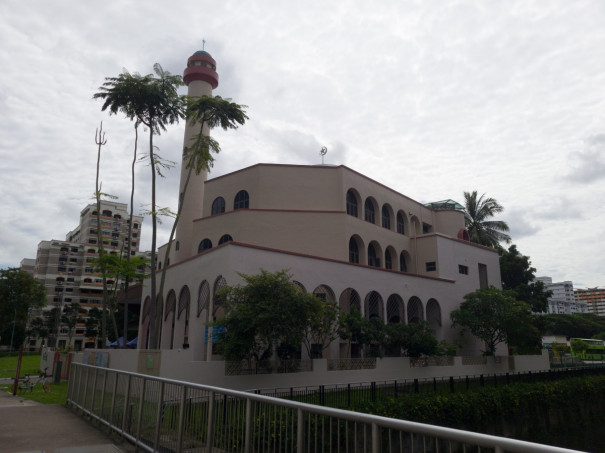
The mosque gets its name from philanthropist Hajjah Rahima Bee Ahmad Angullia as well as the lime trees that used to grow in the area (kebun limau is Malay for “lime garden”).
Li Woon shared that even in less-modern times, when women were less empowered than they are today, there were women who made their mark on society. The mosque is an example of that, with its largest donor being Hajjah Rahima Bee.
But while the mosque was impressive, what was more inspiring is its work among the families living around the area. These needy Singaporeans have been receiving aid from the mosque, regardless of race or religion, she said.
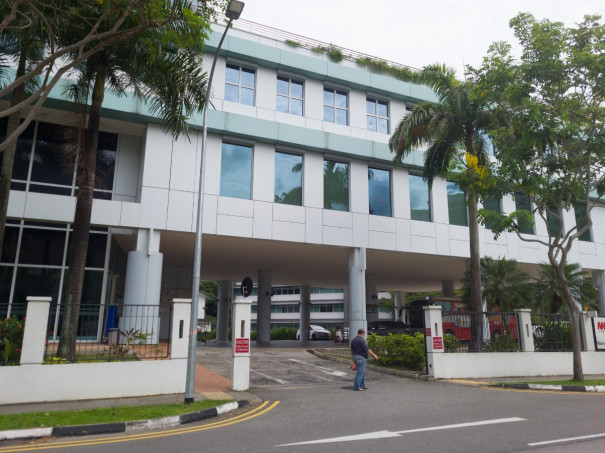
Across opposite the mosque, we saw the National Kidney Foundation (NKF) headquarters on Kim Keat Road.
There is little need to introduce one of Singapore’s most well-known charities, founded in 1969 and moved to the Balestier area in 2001. But on the tour, I found out that just like its neighbour, NKF helps out the local community by employing lower-income residents in the area.
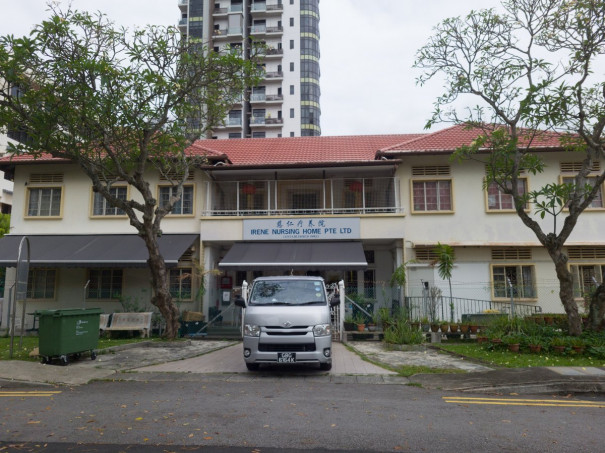
10.30 am: We made a brief stop at Irene Nursing Home, built in 1985, which again reminded me of Singapore’s increasing elderly population. One anecdote that Li Woon shared with us is how the nursing home’s founder, Irene Ong, would actually try to talk customers out of leaving their elderly parents at the home, only relenting when they tell her that they have no other choice.
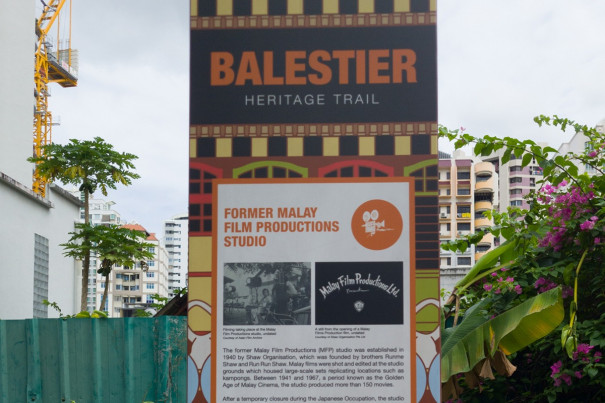
Just down the street is the former Malay Film Productions Studio, built in 1940 by the Shaw Organisation, a name which all cinema-going Singaporeans would immediately recognise.
Unfortunately, due to Covid, we could not enter the building, which officially closed as a studio in 1967.
Li Woon told us that the caretaker, Uncle Musa, still lives in and upkeeps the studio. She told us that he used to allow people in and show the various memorabilia from the studio’s heyday.
But since the circuit breaker, he was unable to welcome visitors. If it weren’t for tours like this, places like MFPS, which hold such an importance to local cinema, would be forgotten by a whole generation of Singaporeans.
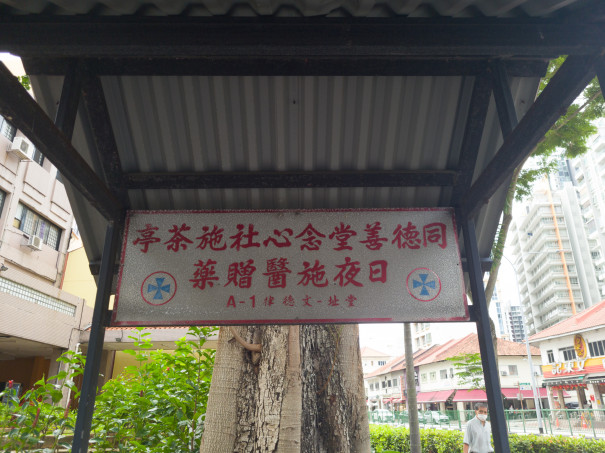
11.20 am: We visited the last free water kiosk in Singapore, set up by the Thong Teck Sian Tong Lian Sin Sia temple. Prior to Covid-19, this kiosk served water and tea to anyone who came to the area, but this service has been temporarily halted.
Traditionally, this service was made available so that thirsty passers-by or workers can have a free drink. I noticed that there were some construction sites in the area and it made me happy when I realised that even after so many years, (up till Covid, that is) workers could still get a drink for free, simply out of the generosity of the temple.
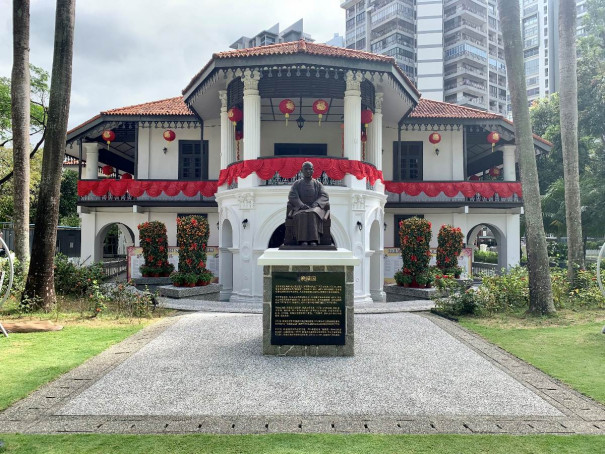
11.40 am: We ended our walk at the Sun Yat Sen Nanyang Memorial Hall. The memorial showcases various Chinese cultural artefacts and documents Singapore’s involvement in the Chinese revolution in 1911, which eventually led to the overthrow of the Qing dynasty and the birth of modern-day China.
The two-storey colonial villa was bought by Teochew businessman Teo Eng Hock for his mother in 1905 but used as the Southeast Asian headquarters for Dr Sun Yat Sen’s revolutionary activities.
The building, gazetted as a national monument in 1994, is a symbol of resistance and a critical part of Singapore’s involvement in the geo-political arena of its time.
Yet, despite its historical significance, during our walk, Li Woon told us that this house strikes her most as a symbol of filial piety because, despite his powerful position in the movement and in Singapore society, Teo, the patriarch of his family, still asked his mother for her permission to use the mansion.
It made me realise that no matter how important the situation is, the greatness of a person can also be seen in how he treats family and those around him.
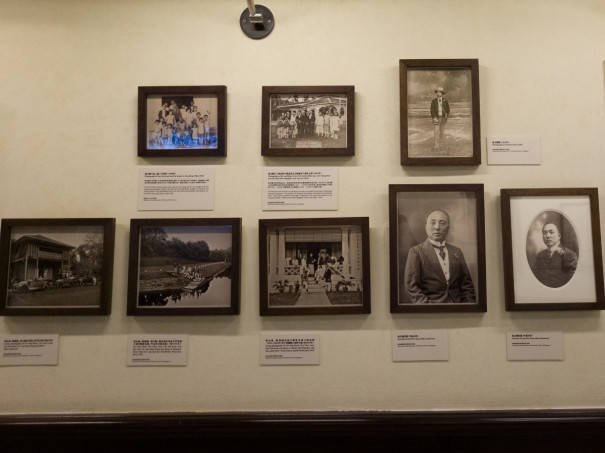
As we ended our tour, I was surprised at how much I’d learned about Singapore and our cultural heritage from just a short two and half hour walk. Much of the credit goes to the enthusiasm of Li Woon, who shared much about virtues of compassion, respect and gratitude that can be found in our historical monuments and cultural touchstones.
I realised that in Singapore, so much of our identity comes from the interaction between what we eat and how we worship and how we show care for the people around us – ‘Eat’, ‘Pray’ and ‘Love’ are all intertwined.
Other stories you might like
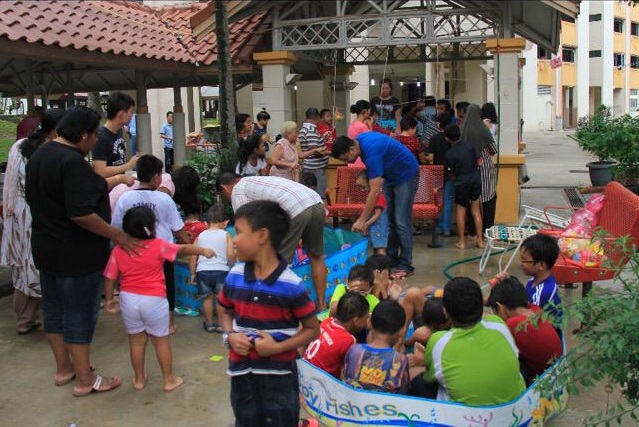
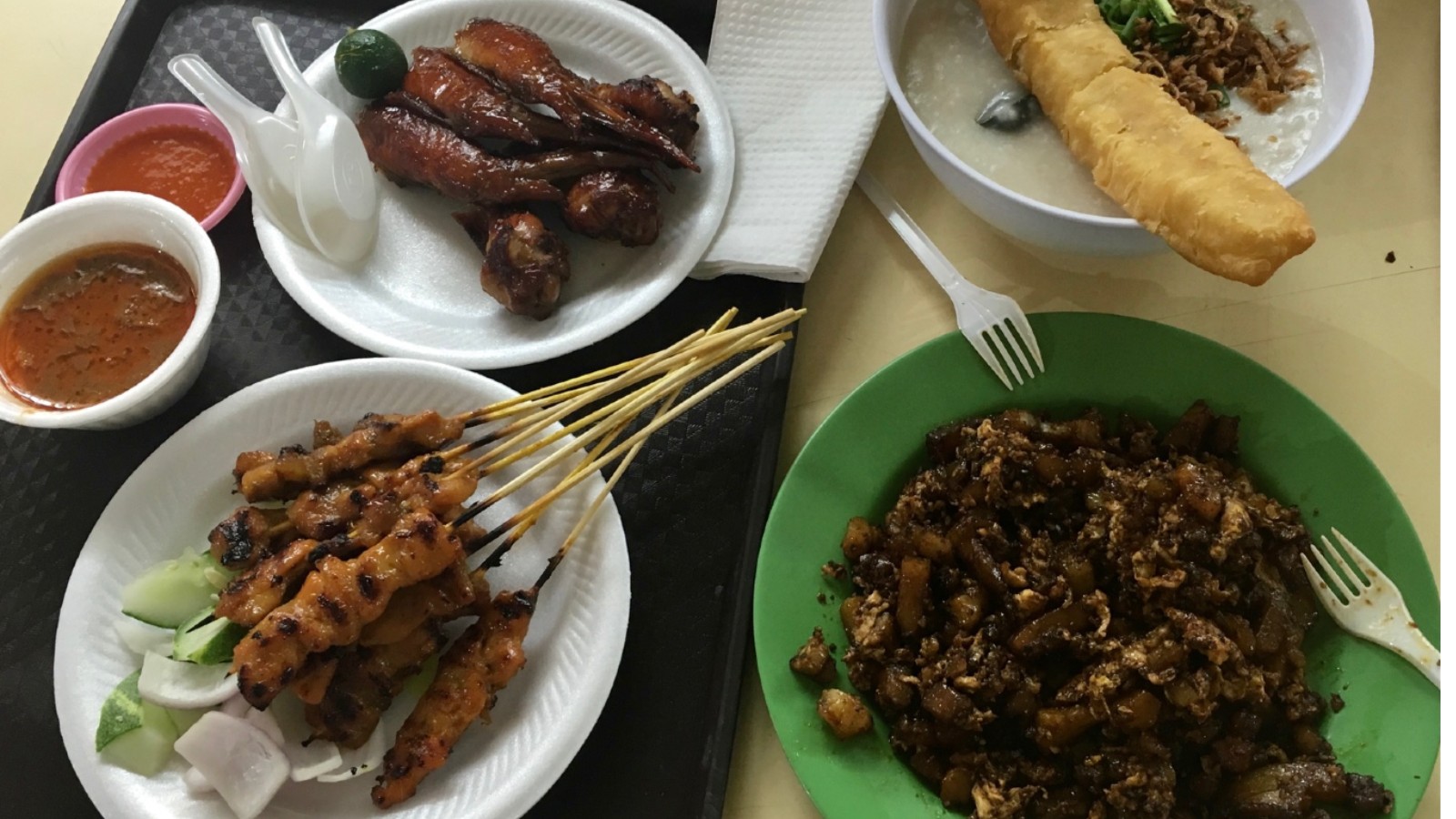
Unlike in the television shows I grew up on, community spirit doesn’t necessarily have to be flashy. Sometimes, it is the little things like supporting each other or simply sharing our culture through food that creates a strong bond in our communities.
So take a walk around your own neighbourhood, look at the different buildings, eateries and organisations and see how they interact and think of how you can help the people around you in your own way.
I know I will.
You can join the Eat, Pray, Love tours at Balestier, Singapore River or Telok Ayer. The 2.5-hour private walking tour is done in English with a Singapore Tourism Board licensed guide. This tour is also redeemable with SingapoRediscovers vouchers.
If you like what you read, follow us on Twitter and Google News to get the latest updates.
